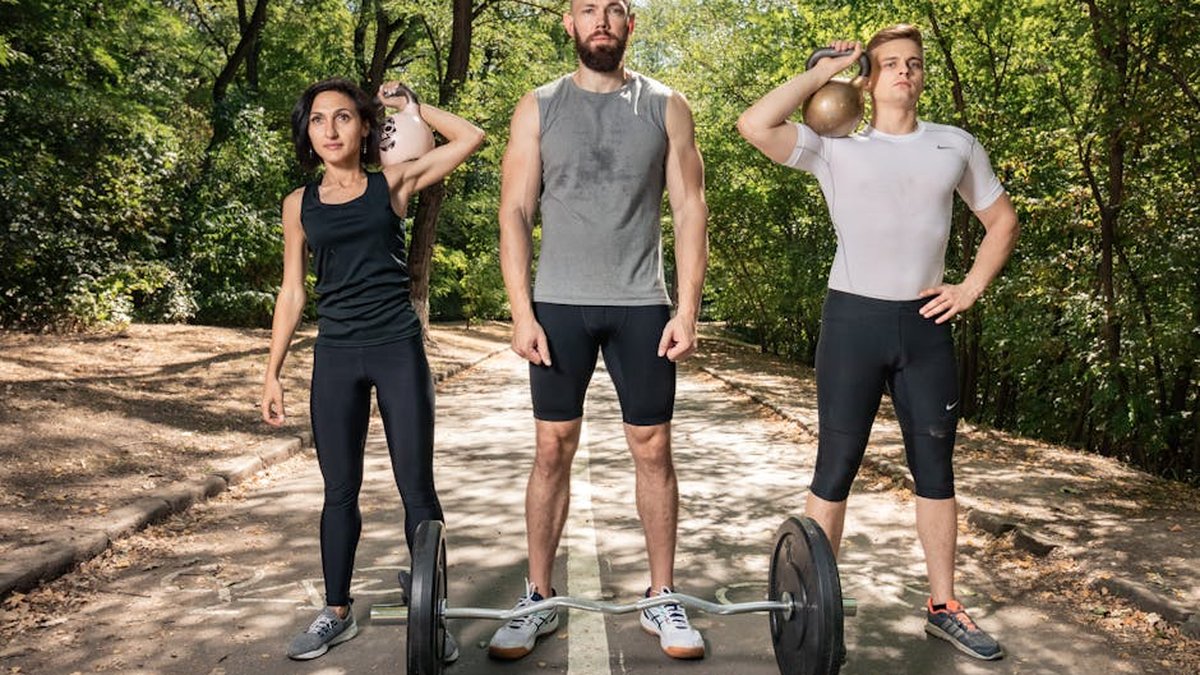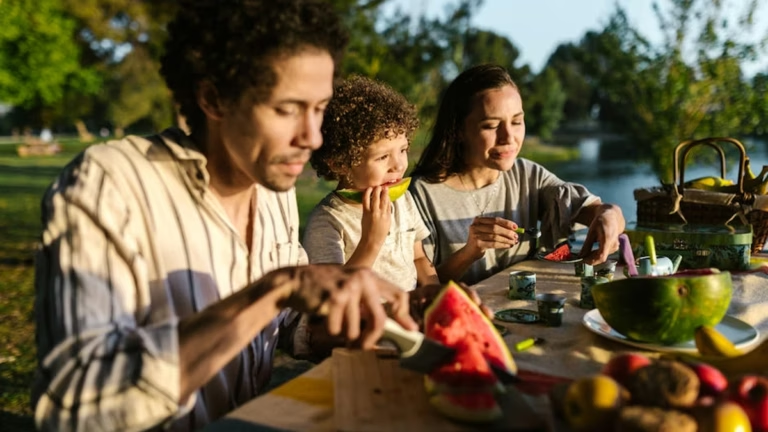Beyond the Gym: Incorporating Functional Fitness into Your Daily Routine in 2025
The Evolution of Fitness: Why Functional Training Matters More Than Ever
In 2025, fitness isn’t just about sculpted abs and impressive bench press numbers. It’s about functional fitness – training your body for the demands of everyday life. We’re moving away from isolated exercises and towards movements that mimic real-world activities, improving your strength, balance, coordination, and overall well-being. Think about it: how often do you isolate your biceps in your daily routine? Probably not as often as you bend, lift, twist, and carry.
Functional fitness focuses on compound movements that engage multiple muscle groups simultaneously. This not only burns more calories but also builds a more resilient and capable body, reducing the risk of injuries and making daily tasks easier and more enjoyable.
Understanding Functional Fitness
What Exactly is Functional Fitness?
Functional fitness is a training approach that prioritizes exercises that mimic real-life movements. It’s about building strength and stability in ways that translate directly into improved performance in your daily activities. Instead of focusing solely on aesthetics, functional fitness aims to enhance your overall quality of life.
The Benefits of Functional Training
The benefits of incorporating functional fitness into your routine are numerous:
- Improved Balance and Coordination: Essential for preventing falls and navigating uneven terrain.
- Increased Strength and Power: Makes lifting, carrying, and other physical tasks easier.
- Enhanced Mobility and Flexibility: Improves range of motion and reduces stiffness.
- Reduced Risk of Injuries: Strengthens supporting muscles and improves joint stability.
- Better Posture: Strengthens core muscles and improves alignment.
- Increased Calorie Burn: Compound movements engage more muscle groups, leading to greater energy expenditure.
Integrating Functional Fitness into Your Daily Life in 2025
The beauty of functional fitness is that it doesn’t require a gym membership or specialized equipment. You can incorporate it into your daily routine with simple exercises and mindful movements.
At Home
Transform your home into a functional fitness haven. Here are some ideas:
- Bodyweight Exercises: Squats, lunges, push-ups, planks, and bird dogs are all excellent options.
- Stair Climbing: Use your stairs for a quick cardio and leg workout.
- Household Chores: Turn chores into opportunities for movement. Focus on proper form while lifting laundry baskets or vacuuming.
- Yoga and Pilates: These practices improve flexibility, balance, and core strength.
At Work
Even a sedentary job can be an opportunity for functional movement:
- Take the Stairs: Opt for the stairs instead of the elevator whenever possible.
- Walking Meetings: Suggest a walking meeting for a change of scenery and added activity.
- Desk Stretches: Incorporate simple stretches throughout the day to improve posture and reduce stiffness.
- Stand Up Regularly: Use a standing desk or take frequent breaks to stand and move around.
During Errands
Turn errands into mini-workouts:
- Park Further Away: Walk the extra distance to the store.
- Carry Groceries Mindfully: Focus on maintaining good posture and engaging your core muscles while carrying groceries.
- Walk or Bike Instead of Driving: When possible, choose active transportation options.
Sample Functional Fitness Exercises
Here are some examples of functional exercises and how they relate to everyday activities:
- Squats: Mimic the motion of sitting down and standing up, essential for everyday tasks.
- Deadlifts: Improve your ability to safely lift heavy objects, such as boxes or furniture.
- Overhead Press: Strengthens your shoulders and upper back for reaching and lifting items overhead.
- Walking Lunges: Improve balance and lower body strength for walking and navigating uneven surfaces.
- Plank: Strengthens your core muscles for stability and posture.
Staying Motivated and Tracking Progress
Consistency is key to success with any fitness program. Here are some tips for staying motivated:
- Set Realistic Goals: Start small and gradually increase the intensity and duration of your workouts.
- Find an Accountability Partner: Working out with a friend can help you stay on track.
- Track Your Progress: Use a fitness tracker or journal to monitor your progress and celebrate your achievements.
- Make it Fun: Choose activities that you enjoy to make exercise more sustainable.
Embrace the Functional Fitness Lifestyle
In 2025, functional fitness is more than just a trend; it’s a lifestyle. By incorporating these simple strategies into your daily routine, you can build a stronger, more resilient, and more capable body, ready to tackle whatever life throws your way. So, ditch the isolated exercises and embrace the power of functional movement. Your body (and your daily life) will thank you for it!






